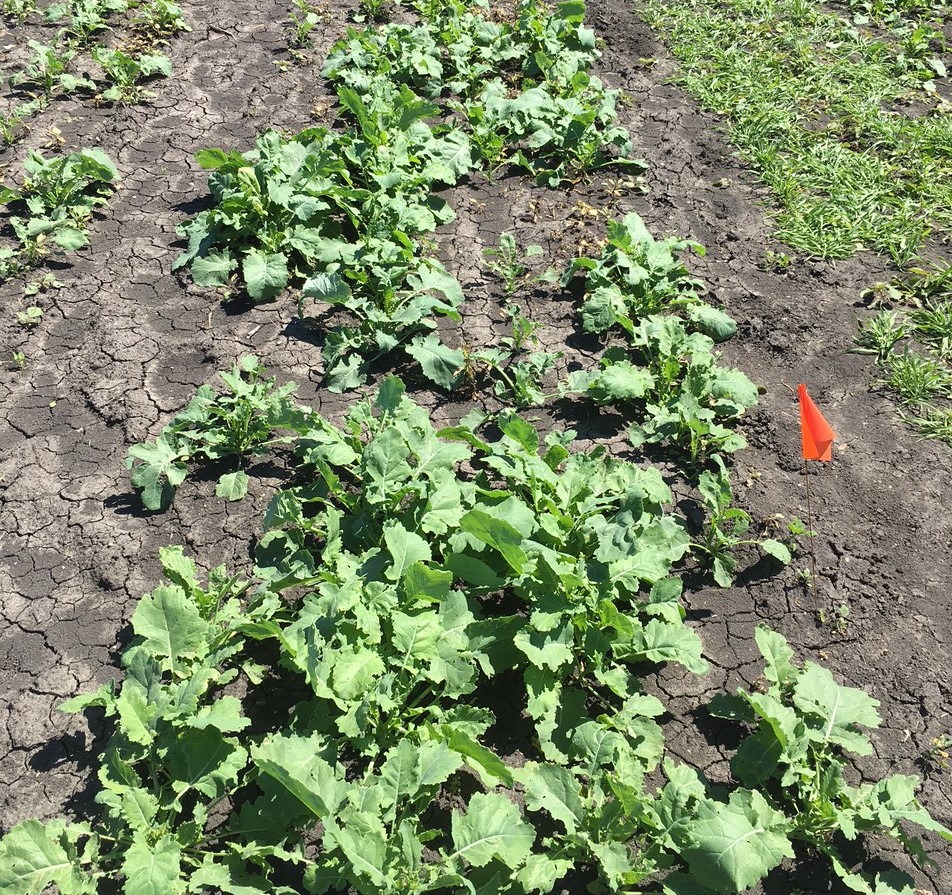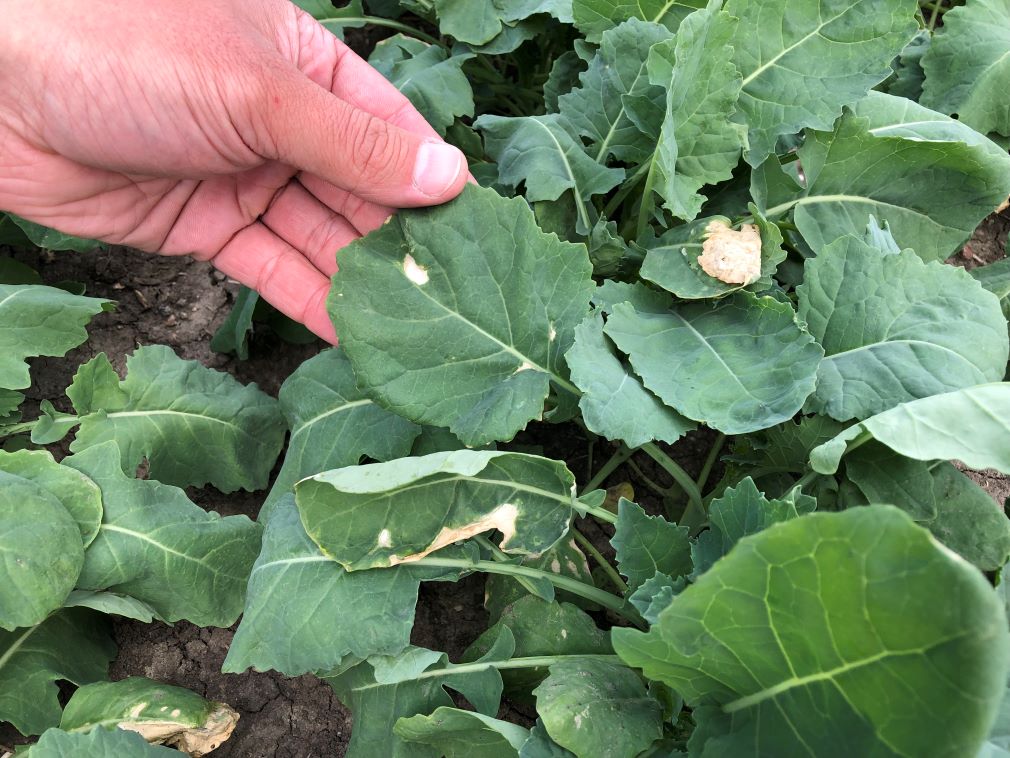
Canola requires 14 essential nutrients, which are classified as macronutrients (nitrogen, phosphorus, potassium and sulfur, magnesium and calcium) or micronutrients (iron, manganese, zinc, copper, boron, molybdenum, chlorine and nickel), based…
Read more

Sulphur (S) is the fourth macronutrient, but ranks as the third most limiting nutrient on the Prairies. Sulphur deficiency in western Canada was first identified in 1927 on Gray Wooded…
Read more

The macronutrient potassium (K+) is required in large amounts by canola, similar to nitrogen. In spite of the large requirement, canola yield responses to potassium fertilizer (potash) are infrequent, due…
Read more

Phosphorus, although an important plant macronutrient, is only required in small amounts compared to nitrogen. Many Western Canadian soils are commonly phosphorus deficient and fertilization usually increases yield and economic…
Read more

Nitrogen is the most common limiting nutrient for canola production. Therefore, a good understanding of the nitrogen cycle, nitrogen’s role in canola growth and development, and nitrogen management options are…
Read more

Nutrient content in soil varies over years, between fields and within fields. Soil sampling and analysis methods were developed to assess the fertility level and to predict potential crop response…
Read more





